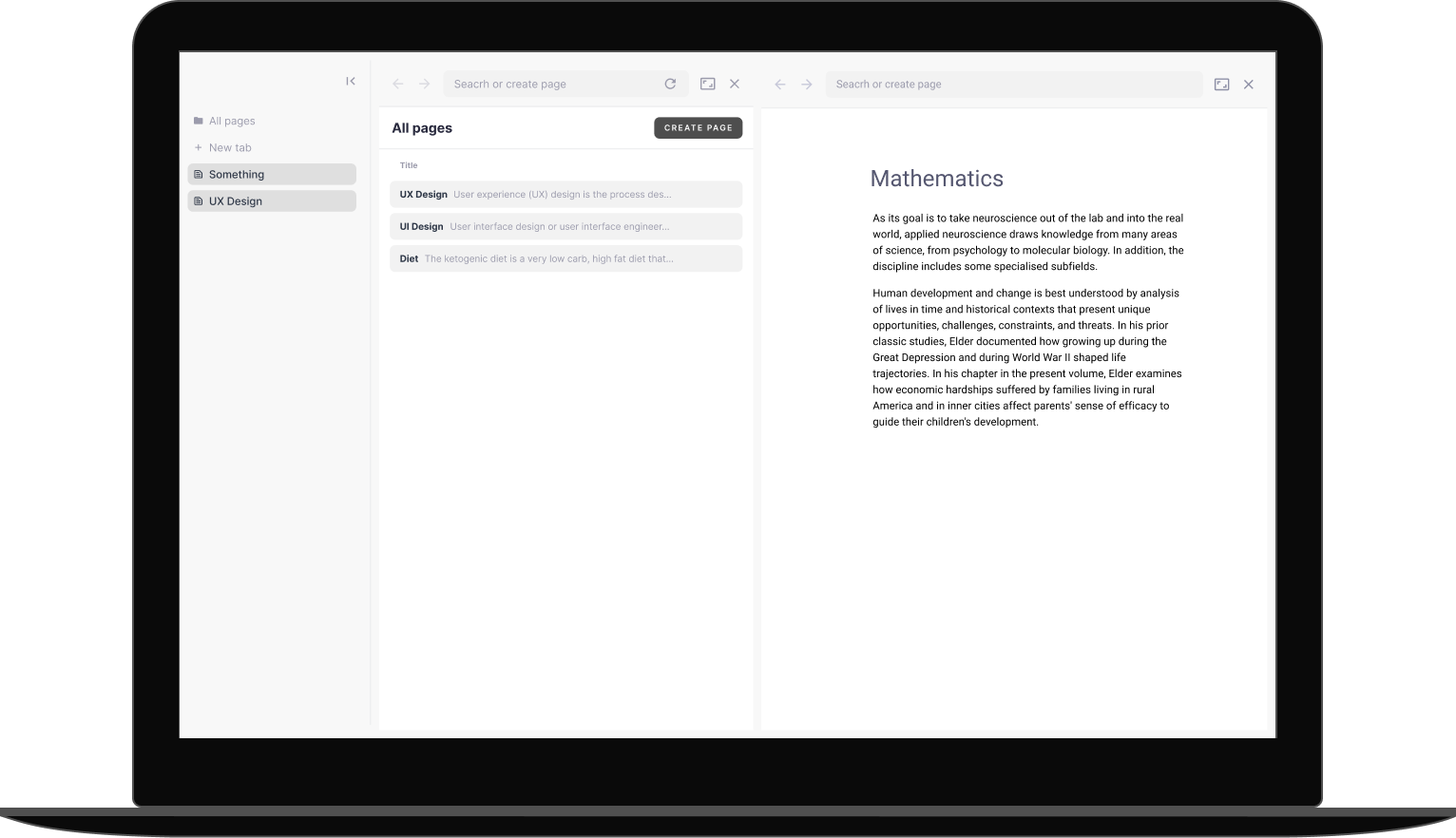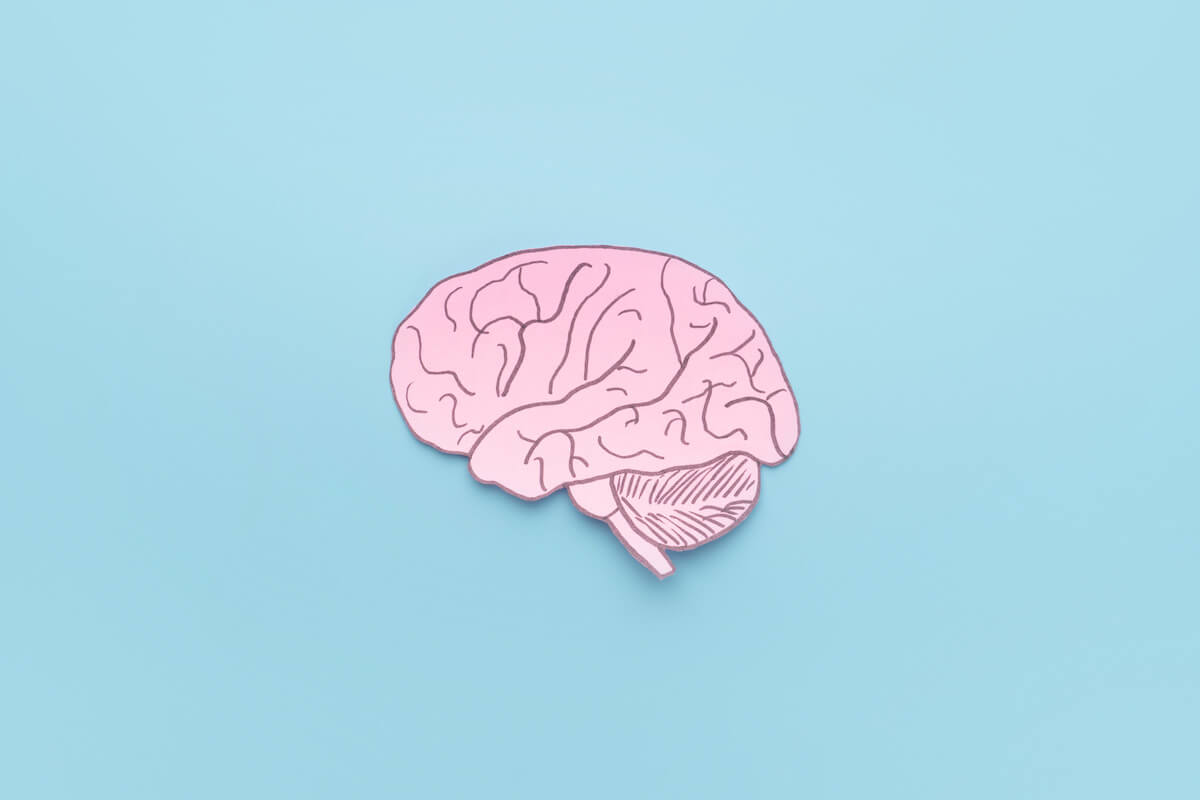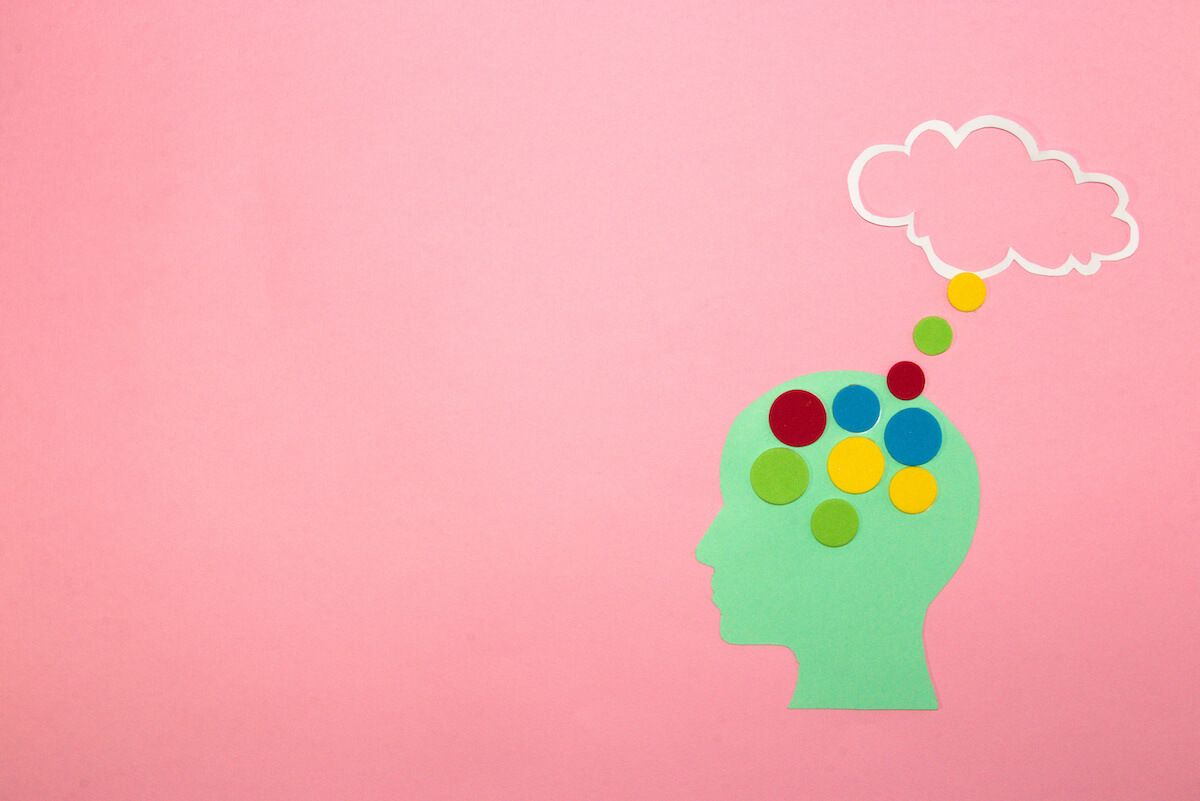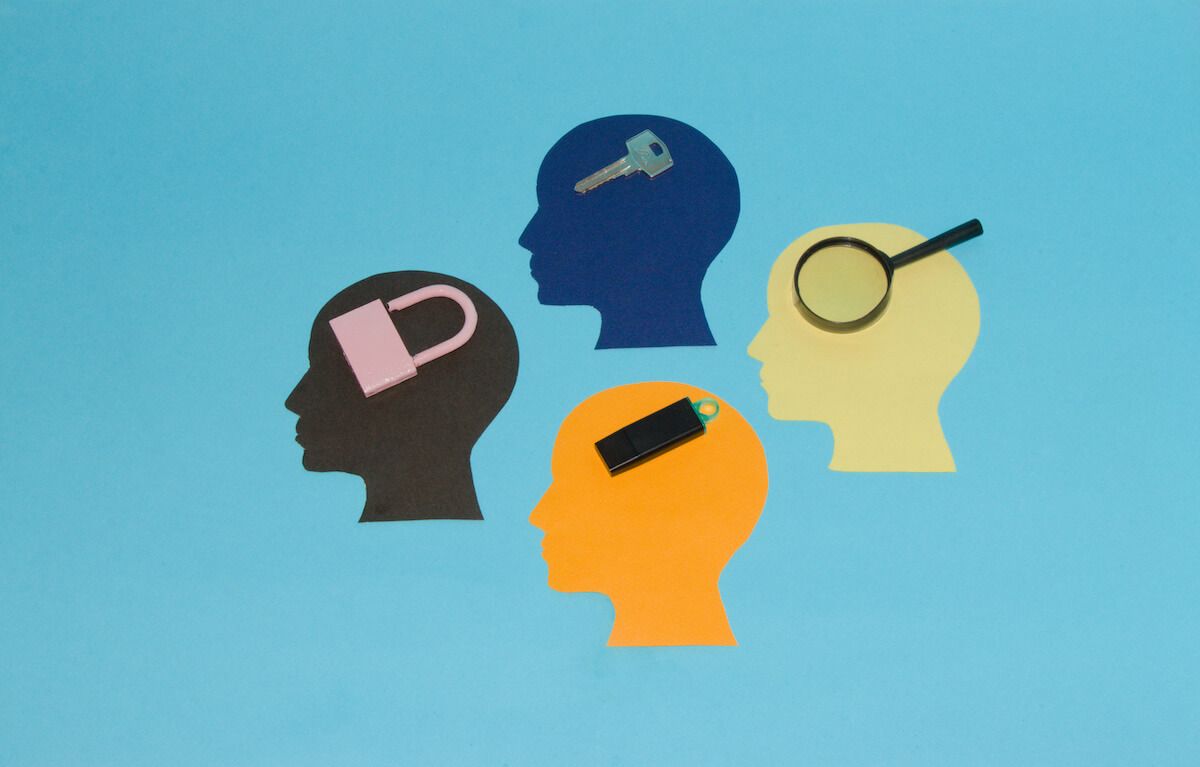It's a common misconception that learning is linear. You learn something, check off the box or pass the test, then move on to the next thing. But learning is far more cyclical than it is linear.
When we learn, we add new information to our personal knowledge base using the information processing cycle, or IPC. The information processing cycle is a series of steps that help us make sense of new information, apply it to our existing knowledge base, and deepen our understanding.
Each step is essential for meaningful learning, and we can improve the process by understanding how the cycle works.
Let’s review how the information processing cycle works, how it applies to learning, and what we can do to enhance our learning during each step.

In the 1950s, American cognitive psychologist George A. Miller developed a theory of how human brains process information. His ideas were rooted in the mental maps and latent learning theory of Edward Tolman. According to the information processing theory, the brain takes data from the environment, processes it, and stores it for later retrieval.
Miller's theory led to several information processing models, each a little different in their ideas. But they all agree that our brains process information in stages — a process called the information processing cycle. Our ability to remember and recall information depends on how well we process it during each step.
The stages of the information processing cycle are as follows:
Since the rise of information and communication technologies (ICTs) in daily life, the brain's information processing cycle has been compared to how a computer works. In this analogy, each stage of the information processing cycle in our brains is similar to the steps a computer takes in the data processing cycle.
During the input stage, we receive raw data from the environment just like a computer gets raw data from a user's input devices. The encoding stage is where we organize and process information in our brain, similar to how a computer's RAM and central processing unit (CPU) collect and process data.
Our long-term memory holds our knowledge similarly to how a hard drive, external storage device, or cloud storage contains a computer's stored data. Finally, when we need to use information, we recall it from memory and apply it to our current situation, similar to how computer applications retrieve data from memory and put it into use.

Gather information, take notes, review, reflect, surface insights. All from one perfect, distraction-free interface.
Learn moreThe information processing cycle is essential for learning because it provides a framework for how humans gain knowledge. Specifically, the cycle helps us understand how to successfully take in and interpret raw data, organize and store it, and apply what we've acquired in meaningful ways.
When we understand how the information processing cycle works, we can use it to enhance self-directed learning. When we're aware of how our brains receive information and the input process, our awareness of our surroundings and learning opportunities increases. By learning this skill, we can take better notes, recall information, and think critically. This will ensure we don't just absorb information without actively processing it.
By understanding the sequence of events, we can also better appreciate how our memories work and why specific memorization techniques are more effective than others. Our ability to understand and recall information when needed can be enhanced by using strategies such as flowcharts, mnemonic devices, and other tools.
Lastly, we can ensure that we’re getting the most out of our knowledge by looking for connections between ideas and practicing problem-solving to maximize its effectiveness.

Our brains might be similar to computers in some ways, but there are still some critical limitations to the information processing cycle. It's important to be aware of these so we can adjust our expectations and approaches to learning. A few of the main limitations include the following:
In addition, the information processing cycle is limited by our abilities and learning styles. Everyone processes information differently, so it's crucial to find the best strategies for us as individuals to learn effectively.

While it's important to recognize that human cognition has limits, understanding the information processing cycle can still be a valuable tool to help us improve our ability to process information. At each step of the cycle, there are techniques and strategies we can use to better take in, store, recall, and apply information.
The information processing cycle begins when we take in new information. This stage is called "input" or "attending." Comparing our brains to computers, you can think of the input stage as when the computer receives information through an input device — words are typed on a keyboard, data is obtained through the internet, etc.
Just like a computer can have many input data sources, so can we. We gather information all day, intentionally and unintentionally. Our senses, such as hearing and seeing, receive information from the environment. We can also actively search for information by reading books, listening to podcasts, and engaging in critical thinking.
There are a few things we can do to maximize the input stage of the information processing cycle:
Once we've taken in information, the next step is to attempt to understand it. During this stage, called "encoding," our brains process input from our senses in real time. Using the computer example, this is when the central processing unit (CPU) converts our input into binary code, receives instructions about that code from the computer's memory, and provides it to the output device for translation.
Our minds may not run in series of 0's and 1's, but just like a computer, our brains need a system to process information. It's easy to receive input — it happens automatically — but just because we take something in doesn't mean we understand or retain it. Without the transformation during the encoding stage, information would remain abstract or be lost forever.
Encoding is the most essential step in the cycle of processing for learning. To maximize this step of the information processing cycle, try the following:

After encoding comes "storage," the third stage of the information processing cycle, where we store the information we've taken in. This step of computer processing is similar to storing data locally in files and folders, on an external device, or even in the cloud.
We also store information in a variety of ways. Information processing models hold that our brains store information using three types of memory: sensory, short-term, and long-term. Sensory memory is the shortest and easiest to access, lasting mere seconds as it filters out sensory input data and prevents information overload.
Short-term memory, also called working memory, is where we temporarily store information while we process it — think of it like RAM on a computer. It typically lasts up to 30 seconds and can only hold a limited amount of information. George Miller's famous theory suggests that number is the "magical number" of seven (plus or minus two).
Long-term memory, on the other hand, is where information can be stored for much longer — like a computer's hard drive. This form of memory is essential to the learning process since this is where we permanently store new facts, skills, and concepts. We can keep an indefinite amount of information for an uncertain time in our long-term memory.
There are several techniques to maximize storage during this stage of the cycle:

Highlight, annotate or take notes from anywhere, and it's easily linked to a selected topic in your Knowledge Base.
Learn moreThe fourth and final stage is "retrieval" — calling up stored information from our memories so we can use it. In computers, this is done through a search query that searches for specific keywords or phrases to retrieve the desired data from storage. In our brains, the output stage is a bit more complex.
In retrieval, we recall information stored in long-term memory and give it meaning. This involves using cues in daily life to find patterns that remind us of what we've learned, placing concepts into mental models, and contextually applying the information to make connections between different pieces of knowledge.
Retrieval can be an easy or tedious part of the process, depending on how well the information was encoded, stored, and organized. To maximize the retrieval stage, try these techniques:
These four stages — input, encoding, storage, and retrieval — form the basis of the information processing cycle. By understanding the sequence of events that occurs when our brains process information, we can optimize each stage to maximize our knowledge retention.
Try these hacks the next time you are learning something new. With practice, you'll be able to learn more efficiently and easily recall information when you need it.
I hope you have enjoyed reading this article. Feel free to share, recommend and connect 🙏
Connect with me on Twitter 👉 https://twitter.com/iamborisv
And follow Able's journey on Twitter: https://twitter.com/meet_able
And subscribe to our newsletter to read more valuable articles before it gets published on our blog.
Now we're building a Discord community of like-minded people, and we would be honoured and delighted to see you there.